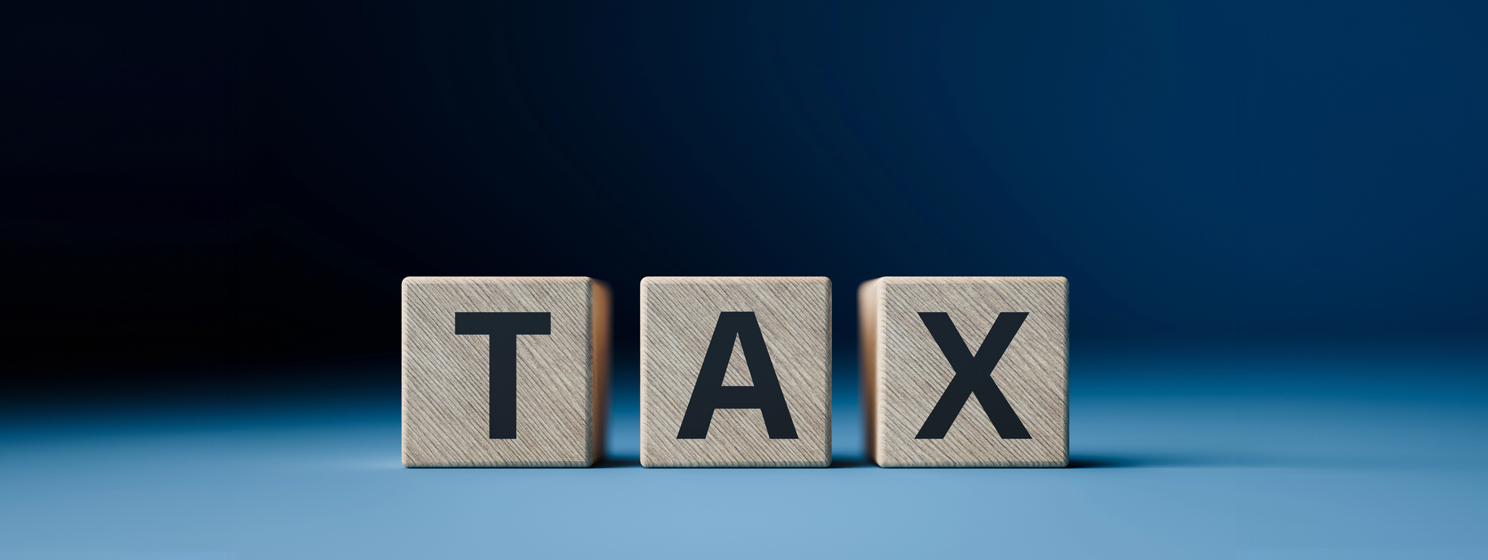|
Getting your Trinity Audio player ready...
|
We’ve been reporting on the growing trend toward tokenization for years, and it seems that no matter where you look these days, banks, financial institutions, and just about everybody else are moving full steam ahead toward the tokenization of everything.
This week, financial services firm Moody’s published a report on tokenizing alternative assets like hedge funds, real estate, venture capital, infrastructure, and private equity.
Among the benefits of blockchain-based secondary markets for these assets are increased liquidity and greater transparency/efficiency. While it’s debatable whether managers of these alternative assets would welcome the transparency element, few would eschew greater liquidity and efficiency.
As things stand, alternative assets are usually restricted to accredited investors and are subject to longer lockups and higher minimum investments. The ability to fractionalize them could open them up to a broader investor base, although that would not necessarily include retail investors due to the associated risks.
The tokenization of everything at scale
One of the best use cases for blockchain technology is tokenization, and it doesn’t stop at financial assets like stocks, shares, bonds, or real estate. Everything and anything can be tokenized, creating a level of transparency and interconnectedness the world has never experienced before.
For example, Trace app, developed in conjunction with IBM (NASDAQ: IBM), allows users to create digital twins of any product and trace them across supply chains. Apps like this demonstrate how blockchain tech can be used for more than just payments.
However, utilizing multiple blockchains does away with many of the benefits of a scalable public ledger. Introducing multiple chains is no different than keeping various sets of books; the possibility for fraud creeps back in, and efficiency and transparency are largely lost.
To realize the true potential of blockchain technology and tokenization, one scalable public blockchain must be used. Furthermore, it must scale on-chain and not through layer-two solutions for the same reasons; side chains and L2s break the chain of digital signatures and time-stamped records that allow for tracing and tracking anything.
As of today, only the BSV blockchain can scale to the required levels. With Teranode, it has surpassed 1 million transactions per second, and there’s no ceiling to how high this can go other than hardware limits putting a temporary cap on block sizes. With fees of 1/1000th of a penny, writing records to the BSV blockchain is basically free. With token protocols like 1Sat Ordinals and STAS ready to go, tokenizing everything on BSV is possible today.
There’s little point in tokenizing anything, whether it be designer bags or real estate, if the tokens will live in walled gardens controlled by the same powerful players who run the world’s data today. Everyone must be able to mint tokens representing anything and everything, and they must be tradable peer-to-peer.
This is the true revolution made possible thanks to tokenization, but it requires an unboundedly scalable public blockchain to realize. Only BSV can do the job.
Watch: Tim Draper talks tokenization with Kurt Wuckert Jr.

 01-08-2026
01-08-2026 




